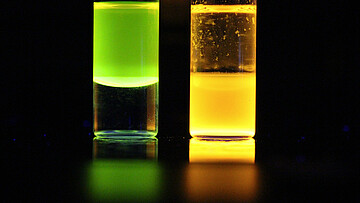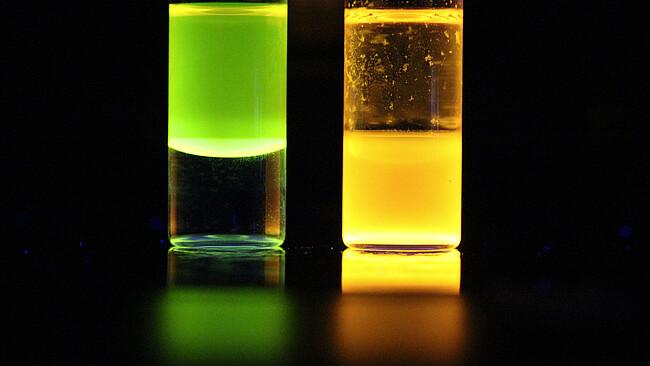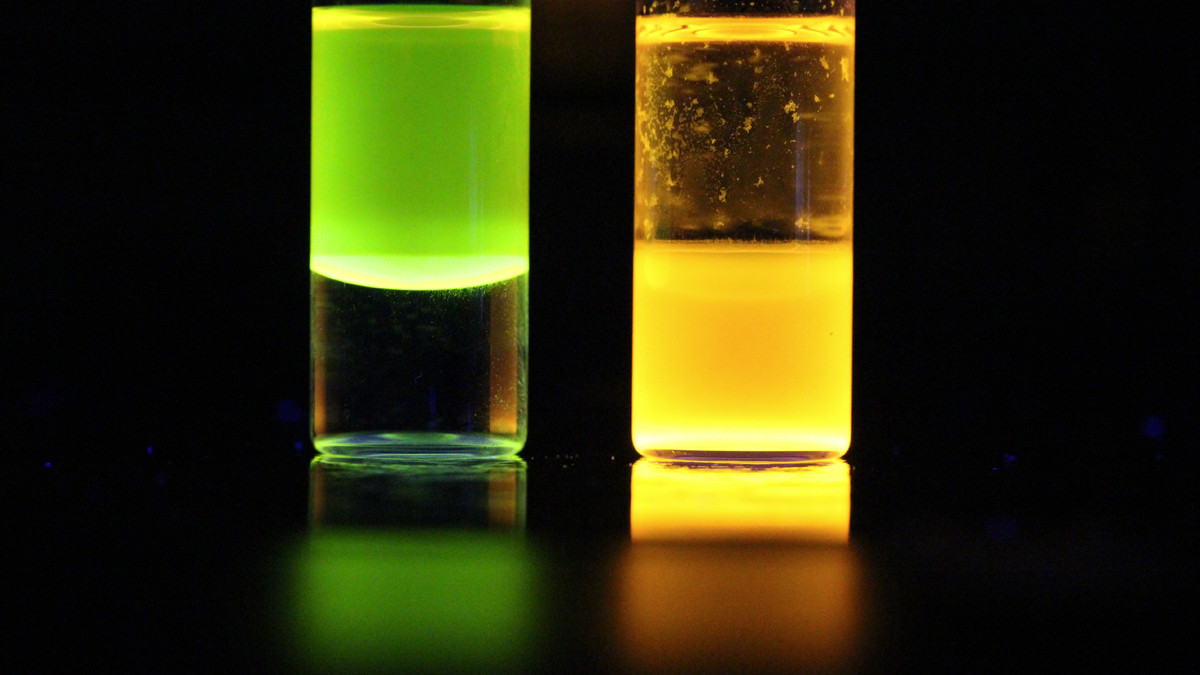Form And Composition Control In Colloidal Chemical Nanoparticle Synthesis
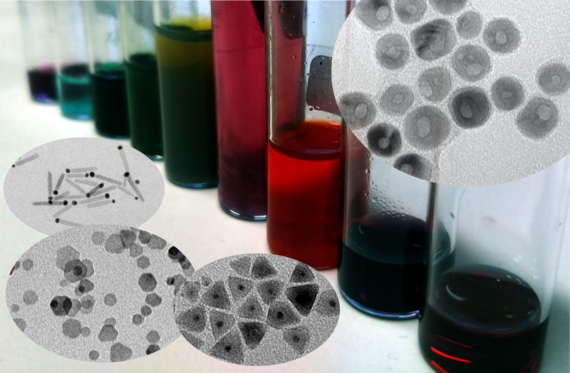
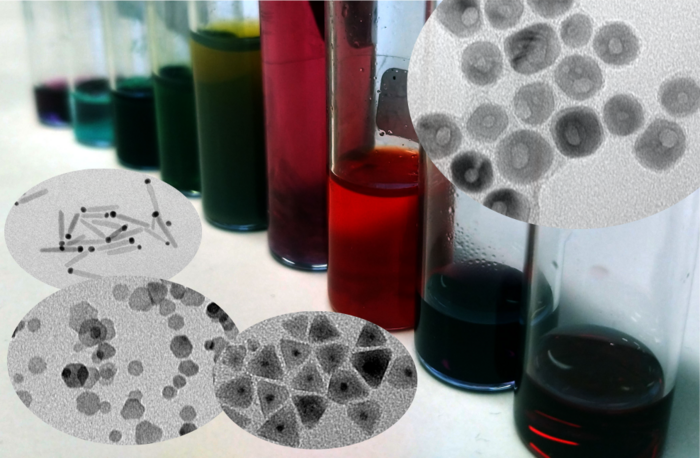

The Dorfs group focuses on the colloidal chemical synthesis of nanoparticles. Special expertise exists in the field of synthesis of nanoparticles with non-trivial (quasi-spherical) form. Thus, e.g. controls nanoparticles produced in the form of rods or branched multipods. Likewise, e.g. controlling hollow or partially concave nanoparticles (the latter being interesting, for example, since they are capable of key-lock recognition reactions).
Influences on the optical properties by the combination of several materials in hybrid particles or property changes by the variation of shape and composition are also intensively researched. Combinations of metals with oxides or chalcogenides may have beneficial synergistic effects with regard to possible technical applications and are therefore of interest to the group.
Alternative Plasmonic Materials
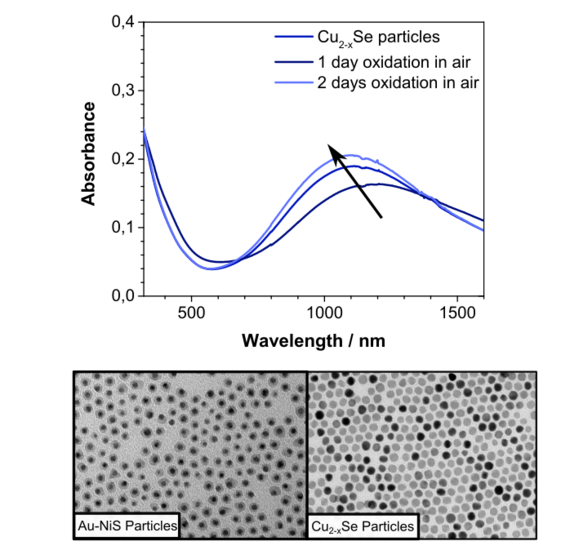
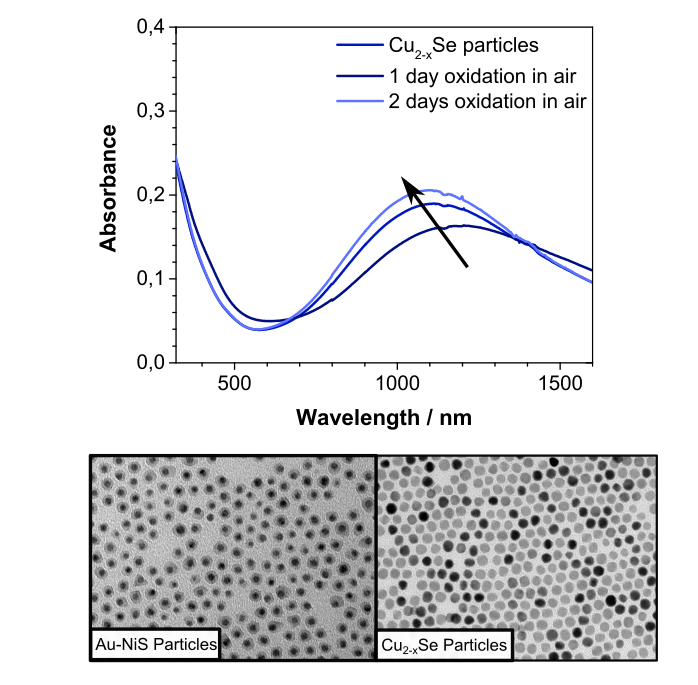

One focus of the Dorfs group is set on nanoparticles with so-called localized surface plasmon resonance (LSPRs). These LSPRs are bound to freely movable charge carriers and are therefore predominantly investigated in the literature on metallic nanoparticles.
In the Dorfs working group, alternative materials (i.e., non-elemental metals) are examined for their plasmonic properties. These can be for example metallic compounds, (or various copper and nickel chalcogenides) but also degenerately doped materials such as Cu2-xSe or different conductive glasses like ITO or comparable materials.
It is particularly interesting that these alternative plasmonic materials have completely new possibilities, which elementary metals normally don't have (for example, adjustable carrier densities via the doping level or strong temperature-dependent conductivity).
Temperature Gradients On The Nanometer Scale
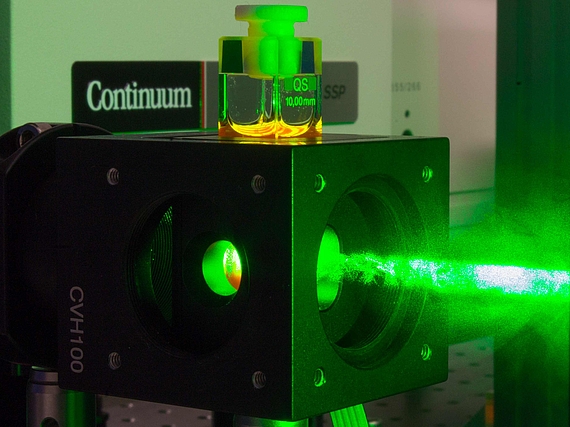
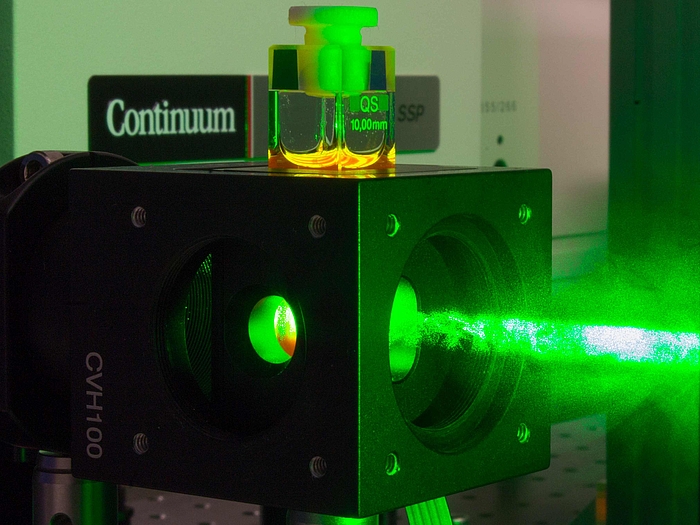
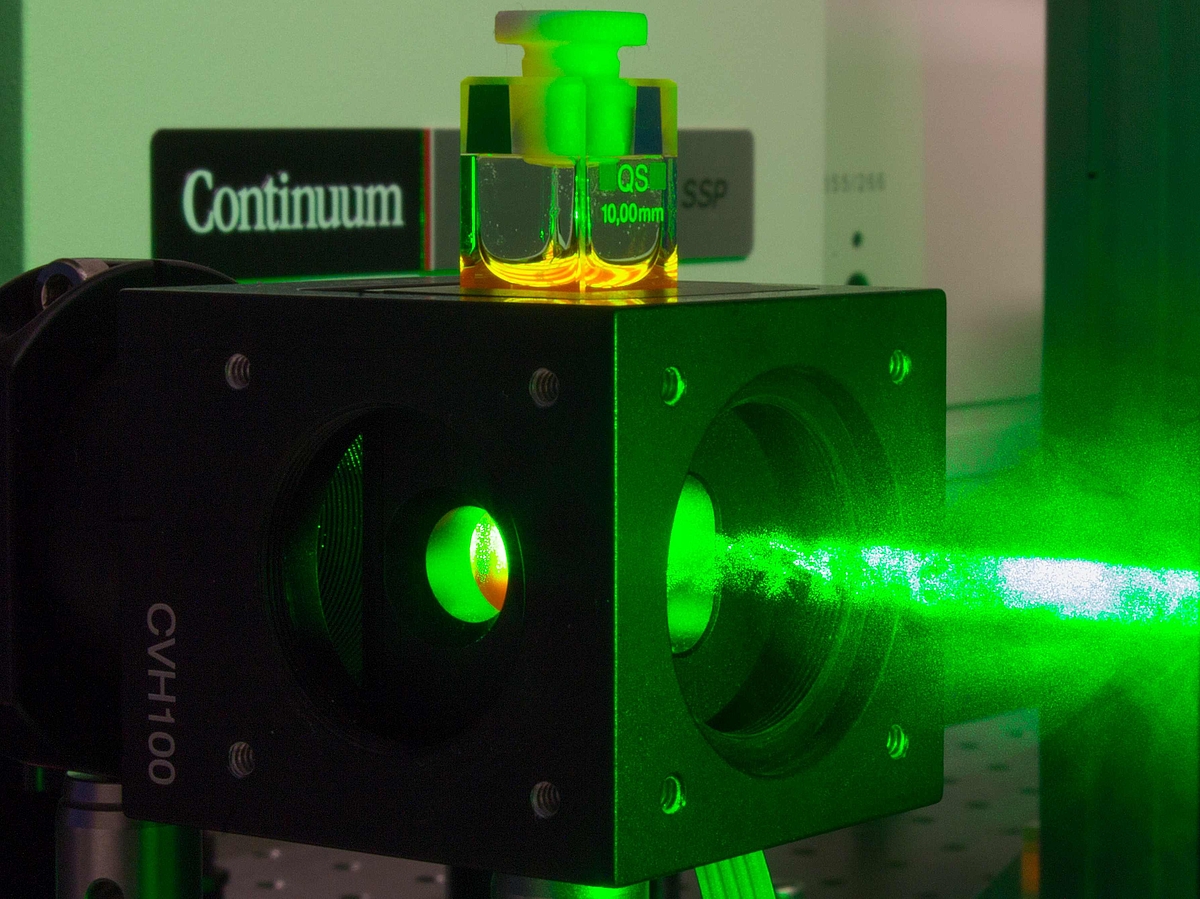
The effects of laser induced strong heating on the shape and the structure of colloidally dispersed nanoparticles are investigated in the Dorfs group. Furthermore, it will be investigated if and how short-term strongly heated nanoparticles are suitable for the activation of chemical reactions on their surface and in the surrounding solution.
For example a plasmonic colloidally dispersed nanoparticle can be heated above 1200 K by a single high-intensity laser pulse (of a few picoseconds or nanoseconds duration) without heating the surrounding solution (because the laser light is only absorbed by the particle but not by the solvent).
Due to this strong heating, for instance a phase transition to a high temperature phase transition can be observed on the nanoparticle itself or chemical reactions can be induced on surface bound molecules.
Institutional Embedding
Patrons
Contact


30167 Hannover






